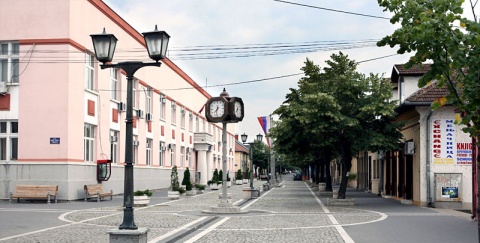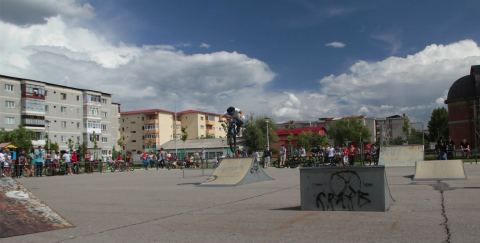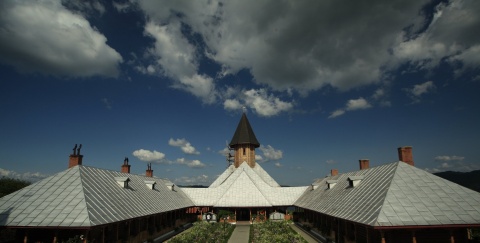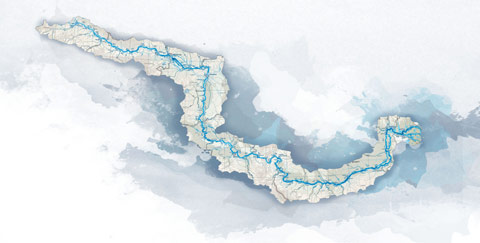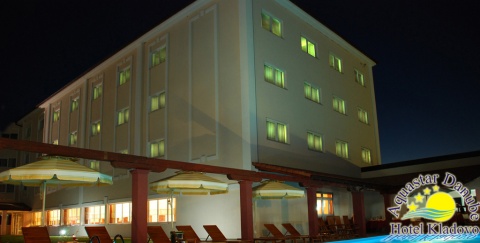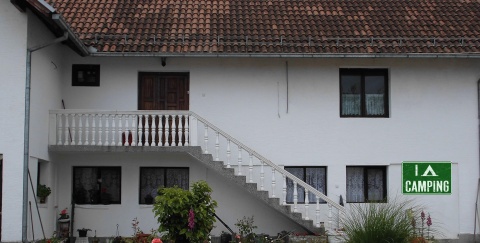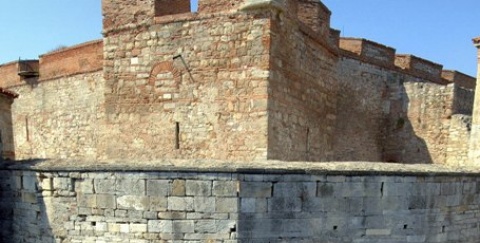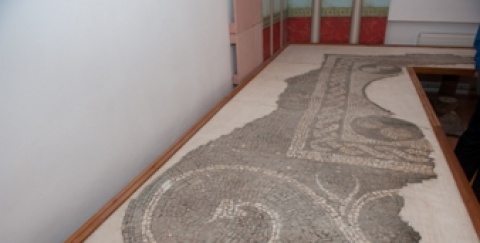
The Roman military fortress Diana (castrum; 100 x 200 metres), was built of ashlars in 100–101 AD, when Emperor Trajan was preparing for his Dacian campaign. It became one of the major military border forts in the province of Upper Moesia, controlling the Danube Limes and the entrance to the first canal on the Danube (Sipian Canal). The canal was built under Trajan in the first decade of the 2nd century. For the first time it was possible to navigate the Danube without having to fight its whirlpools, rapids and underwater rocks. The canal is near Đerdap 1 Power Plant. In the late 3rd and early 4th century, Diana got a fortified rampart with towers extending towards the Danube. After the destruction by the Huns, it was rebuilt under Justinian I in 530 AD because of its strategic military importance. Yet, the discovery of a settlement that had marble buildings, bronze sculptures and a necropolis shows that Diana was also commercially important.
Like all archaeological sights along the Iron Gates and Đerdap Gorge, Diana is part of Đerdap National Park. It stretches about 100 kilometres along the Serbian banks of the Danube. The Roman military road, Via Traiana, was completed in 103. The river could be crossed via Pons Traiani (Trajan’s Bridge), also known as the Bridge of Apollodorus (the architect) over the Danube. The bridge had twenty 45-metre-tall masonry pillars placed along 1,127 metres and a wooden superstructure. The wooden superstructure was dismantled by Emperor Hadrian, who feared invasions from the North. However, the bridge may have been used again under Severus and Constantine the Great, before it was finally destroyed by the Danube waters. One pillar can still be seen on the right (Serbian) bank, and four will be visible after the reconstruction of the new archaeological park in the Romanian river port Drobeta Turnu Severin. Drobeta used to be a fortified Roman town on the left bank of the Danube. A bronze bust of Appolodorus is in front of the Drobeta Regional Museum.
There is also evidence of a second bridge at the Pontes fortress, which crossed Trajan’s Sipian Canal. Take a trip down the river from Kladovo to the Iron Gates of the Danube – you will see Tabula Traiana, the memorial plaque put up in 100 AD to commemorate the end of the construction of Via Traiana. This was the only road through the canyon for 1,800 years. The Latin text reads:
“Emperor Caesar son of the divine Nerva, Nerva Trajan Augustus, victor over the Germans, Pontifex Maximus, invested for the fourth time as Tribune, Father of the Fatherland, Consul for the third time, excavating mountain rocks and using wood beams has made this road.”
Due to the construction of the Đerdap Power Plant, Tabula Traiana had to be moved some 50 metres higher to avoid flooding from the new artificial lake. It is now visible only from the river. Sadly, Via Traiana was lost under the water. On the Romanian side of the Danube you will see the biggest European monument carved in rocks. It represents Decebalus (“as strong as ten men”), the king of the Dacians, who was overpowered by Trajan’s legions and committed suicide. It was made in 1994–2004 by twelve sculptors. The project was funded by a Romanian, Josif Constantin Dragan ($1.2 million).
When in Đerdap National Park, visit the Golubac Fortress and Lepenski Vir. Lepenski Vir is a Mesolithic settlement dating back to 7000–6000 BC and reaching its peak in 5300–4800 BC. You will see the famous fish-mouth head figurines and the remains of the settlement. All 136 structures (dwellings, altars, etc.) were found by chance during the preparations for the construction of Đerdap Power Plant. The new artificial lake flooded twenty archaeological sites. Also worth visiting are Fetislam, an Ottoman fortress near Kladovo, and the National Archaeological Museum of Kladovo. Admire the replicas of the figurines, especially the famous “Ancestress” and “Adam”, a plaster-cast of the monumental Trajan’s Column showing the Appolodorus’ bridge on the Danube, a gift of the city of Rome on the occasion of the 1900th anniversary of the construction, or the relief of the Temple of Mithra, the main cult of Roman soldiers along the Danube before Christianity.
DANUBE.TRAVEL has no control over the website content generated by users and/or visitors, neither such content represents a statement, opinion, recommendation or rating by DANUBE.TRAVEL. For further information please refer to DANUBE.TRAVEL – General Website Terms and Conditions of Use.
 EN
EN DE
DE
